Project Plan vs Project Management Plan
Whether your organization undertakes a small project or managing a large one, it’s important for you to know that a project cannot be completed without proper and complete arrangements. Because every project tells a story regarding its goals, team members, deadlines, and deliverables. Systematical and precise planning makes it easier to track the planned and the actual figures. Basically, Project Plan and Project Management Plan refer to two different concepts. Although many organizations use both terms as synonymous to each other, the project plan differs in many ways from the project management plan. In this article, we will discuss the topic; Project Plan vs Project Management Plan and highlight their key differences from a project manager’s point of view.
Table of Contents
Benefits of Efficient Planning
Planning is one of the most important tasks for performing any process so that it should be taken seriously by the team members. It involves creating various documents that address different needs.
Efficient planning provides many benefits to the organization. Below are some of them;
- Improves communication and collaboration among stakeholders
- Expedites client’s response
- Increases the transparency in project management
- Improves productivity and efficiency of the organization
- Helps to focus on the objectives, goals, and outputs
- Helps to optimize resources and costs
- Helps to complete the tasks on time and budget
- Improves the quality of the product
- Eliminates or reduces the risks
- Enables to track performance
- Helps to solve the problems effectively
- Improves decision making
- Supports all other management functions
- Improves teamwork
- Motivates the team and increases their productivity
- Helps to uncover new ideas
A plan always creates a roadmap that guides the team towards its objectives. Milestones, schedules, subsidiary plans are the fundamental components of the plans. It defines the steps and sequence of activities in a systematic manner.
Some organizations use these concepts synonymously to each other depending on the scale of their projects. However, in some organizations, these terms are used for different purposes.
Now we will discuss each of them in detail.
What Does a Project Plan Include?
Planning is the process of establishing the scope and defining the goals and phases to obtain them. A Project Plan is a formal and approved document that is used to guide project execution and control phases. It can be conceivable as a work plan which facilitates communication among the stakeholders.
It is a comprehensive document that includes but not limited to the project scope, baseline schedule, baseline budget, project charter, planning assumptions, used to facilitate communication with stakeholders.
Activities, milestones, resource requirements, and major deliverables are defined in the plans.
This document creates a road map to show all the details in a sequence from the beginning until the end of the project life cycle.
The fundamental inputs of this document are the project scope statement and the project charter.
Simply put, this document answers the below questions.
- What is the objective of the project?
- What benefit will the organization expect from the project?
- What are the outputs and/or deliverables of the project?
- What are the project start and completion dates?
- What are the major project milestones?
- What is the scope of the project?
- Which technology /method will be used to complete the tasks?
As it is seen from the above questions, this document deals with the “what” part of the project. It is often represented in the form of a Gantt chart to facilitate communication among team members and the stakeholders.
Learning how to create a plan is not very difficult. There are some project scheduling steps that need to be followed while creating a complete plan.
Project Management Plan
A Project Management Plan is a formal approved document that describes the project management system used in the implementation phase of the project plan. All the project management inputs are detailed and described at various steps of the project.
Project risk management plan, quality management plan, procurement management plan, transportation management plans, etc. are the components of the project management plans.
Simply put, this document answers the below questions.
- How will the project team carry out the project work?
- How will the project team manage the scope of the project?
- How will the project team monitor, control, and report the project performance?
- How will the project team deliver the product?
As it is seen from the above questions, this document deals with the “how” part of the project. Therefore it includes a number of relevant plans to guide the team to accomplish the goals.
Project Plan vs Project Management Plan: What are the Differences?
As we mentioned above, they are different plans used for different purposes. Below are some of the key differences between them.
- Project Management Plans answer the question “how” while project plans answer the question “what” and “why”.
- The project plan details the processes required to perform the project. Therefore its detail level is low and it deals with high-level planning. On the other hand, the project management plan details the processes required to manage the project. So that its detail level is higher.
- The project plans are visionary documents that focus on the objective of the project. They provide the project manager the vision related to the project stages and steps. On the other hand, the project management plan is an execution document that focuses on the techniques required to achieve the project.
- In some organizations, these two terms can be merged for small projects. However, in large projects, they are used to refer to different concepts.
Summary
Tracking progress is one of the most important processes in project management. It is difficult to manage a project and track its performance without a comprehensive and complete plan. Poor planning cause delays and extra efforts to recover. Another important benefit of planning is that it improves communication and cooperation within the organization.
In business, many organizations use these concepts as synonymous with each other. However, some organizations use these terms differently. Understanding both concepts and having knowledge about their usage will help the project managers to become more successful in their business processes.
Both of them are essential documents used for project management. In this article, we discussed both concepts and their key differences from a project management point of view. We hope that it will be useful for professionals and PMP aspirants. If you want to share your opinions related to the topic, you can do so through the comments box below.
External References
See Also

Dan Sanderton has 19 years of experience in the publishing world as an editor and writer, including his former role as marketing director of ProjectHills Consultancy, and now as Content Developer for PMI.

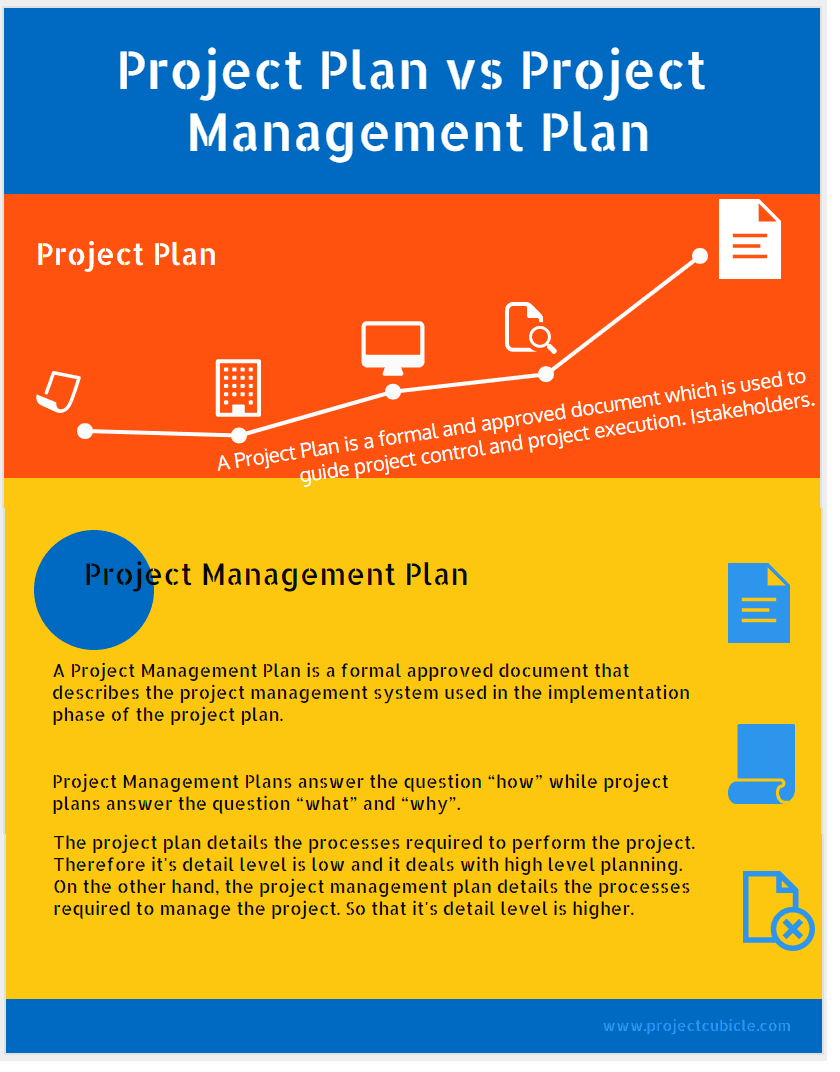
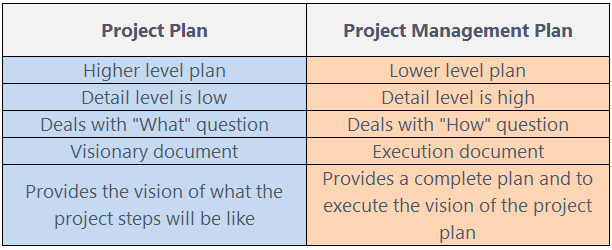
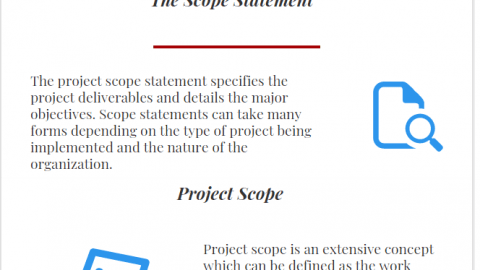
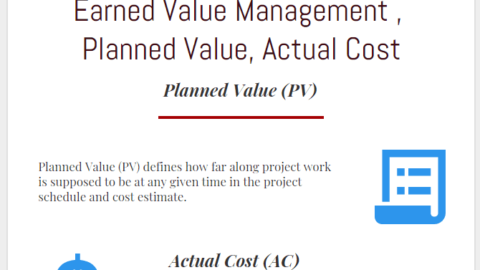
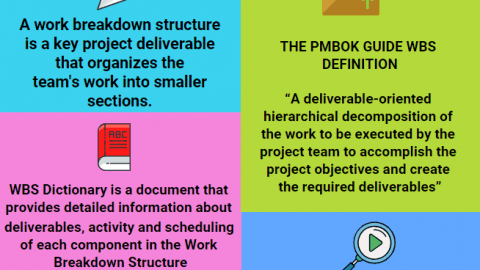
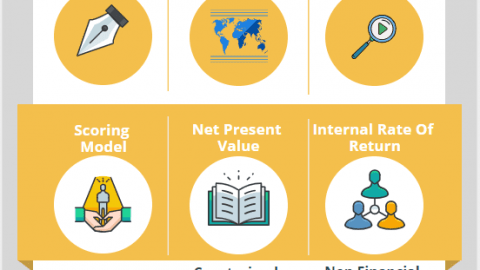


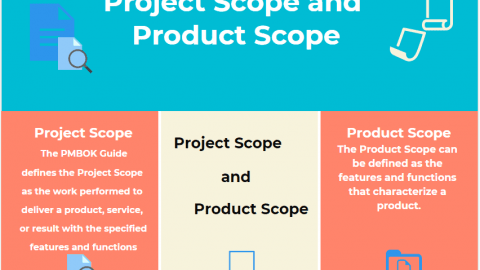
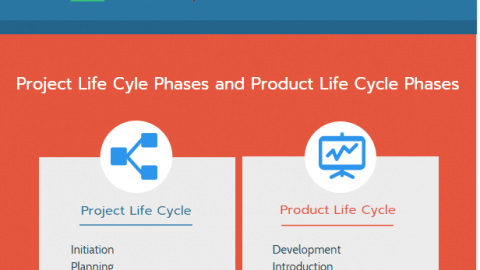

EXCELLENT WORK, THAN YOU!